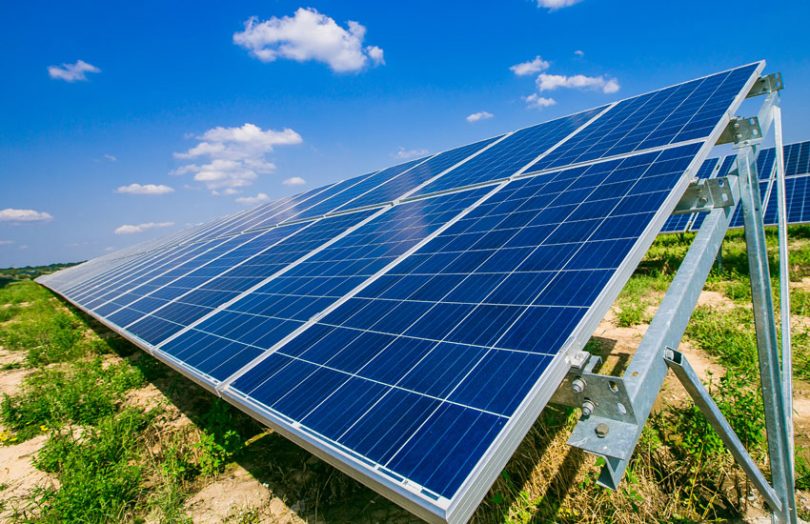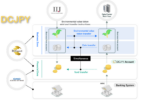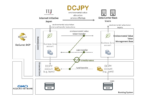Blockchain applications in electricity microgrids that harness local renewable sources such as solar and wind are expected to reach an annual market value exceeding $1.2 billion globally by 2028. Navigant Research reports in a new study that the compound annual growth rate is projected at 67.8%.
Europe is expected to be the largest market accounting for about half in 2028 and a cumulative revenue of $1.5 billion. North America will account for about one-third with a cumulative revenue of $905 million and Asia Pacific about one-sixth with revenue of $470 million.
Microgrids are considered a key component of the future clean energy system. Connected to the main grid, they can enable energy self-sufficiency or provide local power in the event of grid failure. For remote areas they offer a cost-effective approach to rural electrification.
To date, many blockchain use cases have focused on trading of renewable energies between consumers in microgrids. Among high profile initiatives, LO3 Energy launched its first blockchain project – and one of the first globally – in the Brooklyn microgrid in New York. Subsequent projects have been initiated elsewhere in the US, Europe, Australia, and with industrial conglomerate Marubeni and Kyocera Corporation in Japan.
Solar marketplace in Japan
LO3 Energy’s third project in Japan will launch one of the country’s first marketplaces for local solar energy in Fujimi, Nagano, a small town in a mountainous area in the center of the country. Project partners are the community-based energy retailer Forest Energy and consultant eDesign.
“The growth of distributed renewable resources (DERs) is making local energy markets a critical part of energy delivery,” says LO3 Energy CEO Lawrence Orsini. “Consumers are really starting to understand energy better and they are looking for better energy choice at better prices. That is exactly what we are going to give them.”
The project will use LO3’s Pando platform to log and aggregate energy supplies from participants and match bidders with sellers using an online auction.
The Fujimi community has shown significant interest in locally generated energy, an LO3 statement says. The initial pilot project is expected to involve 30 participants. If successful, the platform will then be developed in additional locations and municipalities, and potentially expanded across the country with a larger player.
The companies will work with policymakers during the project to move the marketplace from ‘virtual’ to commercial transactions.
Japan has mandated a near doubling of renewable energy generation by 2030, focusing on reducing emissions to meet global targets. DERs will play a significant part in this.
“The energy industry is moving fast, and this new project will help accelerate that in Japan. Once regulators clarify conditions for commercial transactions, we believe the floodgates will open and local energy markets will be everywhere,” Orsini continues.
Local energy marketplace benefits
A new LO3 Energy led study in Australia has found that participants in blockchain and smart contract-based local energy markets can gain notable financial benefits. The feasibility assessment for a microgrid in Latrobe Valley was based on interviews and modeling of 12 months of energy consumption data from almost 100 individuals and businesses there.
One of the main challenges for trading in local energy markets is the charges for the use of the network. The study assessed different scenarios related to these costs. In the scenario most consistent with existing markets and regulation (i.e. all costs charged to the consumers), consumers could potentially save 6-12% by buying locally. Consumers who own DERs could make 18-37% more than they get from their existing situation.
“The study showed the community wanted to embrace new technologies, wanted to keep energy spend in the community and wanted to buy their energy more cheaply,” says Belinda Kinkead, LO3 Director, Australia. “The test results demonstrated that even under existing restrictions a local energy market delivers that. The next step is to get these markets set up and then explore regulation changes to provide even bigger benefits.”
The Navigant Research report found that blockchain applications in grid-connected microgrids are expected to account for 85% of the cumulative revenue, $2.5 billion, by 2028. This is due to the broader range of potential revenue streams than remote systems.
For grid-connected microgrids, low friction and smart contract-driven transactions are potential new revenue streams for service providers and DER owners. In remote systems, blockchain-based models for asset finance and ownership can help fund microgrid deployments for energy access.
Navigant found in an earlier study that more than 150 energy blockchain vendors are currently exploring use cases applicable to microgrids.






